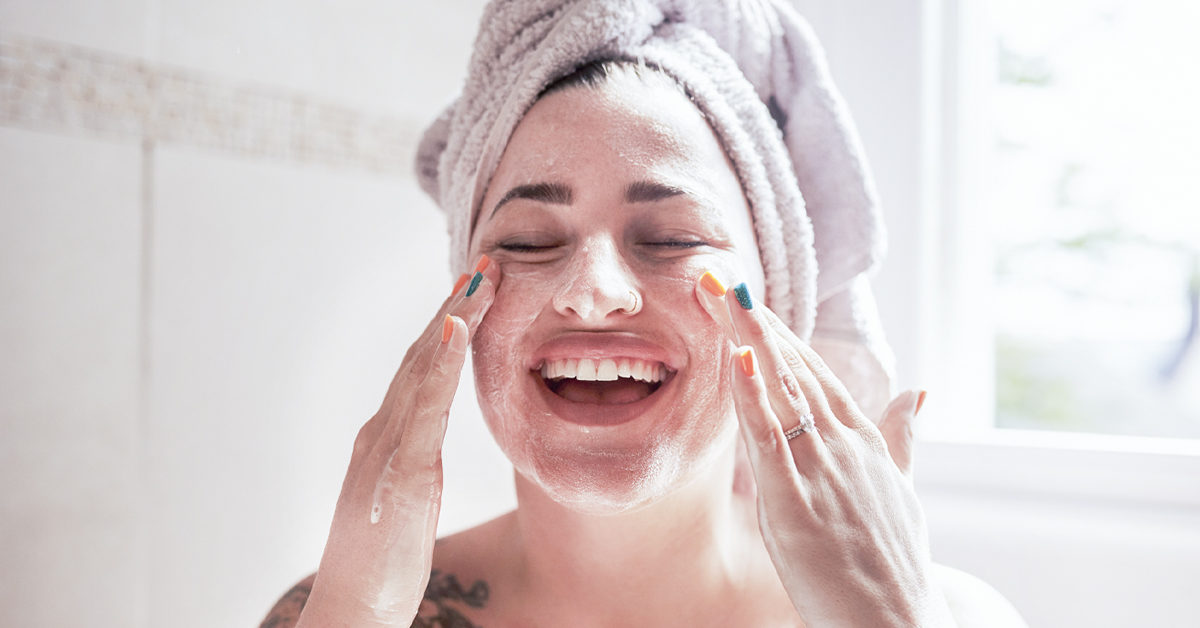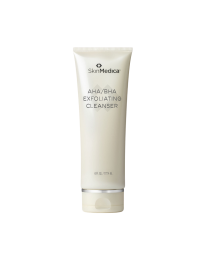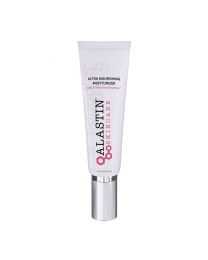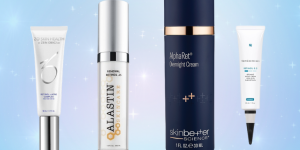Free Shipping Over $100
Free Samples With Every Purchase
Auto Replenishment Available
Authorized Reseller
What Is the Best Skincare Routine for Oily Skin?
 If you have oily skin, you may often struggle with clogged pores, blemishes, or skin that just looks and feels oily. It can be frustrating to manage oily skin, but with the right skincare routine and combination of products, it’s possible to keep oily skin looking and feeling great. The DermSkincare team knows that’s easier said than done. In this blog, we’ll walk through the ideal morning and evening skincare routine for oily skin as well as recommend some of our top products to keep your skin looking and feeling its best.
If you have oily skin, you may often struggle with clogged pores, blemishes, or skin that just looks and feels oily. It can be frustrating to manage oily skin, but with the right skincare routine and combination of products, it’s possible to keep oily skin looking and feeling great. The DermSkincare team knows that’s easier said than done. In this blog, we’ll walk through the ideal morning and evening skincare routine for oily skin as well as recommend some of our top products to keep your skin looking and feeling its best.
Morning Skincare Routine
In the morning, you should focus your skincare routine on removing any oils that have accumulated during sleep and on protecting the skin from potential damage during the day. For best results, incorporate the following steps into your morning skincare routine for oily skin:
Step 1 – Cleansing
Use a gentle, oil-free facial cleanser. You want to choose products that are strong enough to break down any excess oil and help keep pores clear. Those with oily skin should also use an exfoliant or exfoliating cleanser several times a week. This helps to remove dead skin cells and reduce the risk of clogged pores.
Step 2 – Toner
Toners are essential for people with oily skin. They help to remove any excess residue left behind after cleansing. Toners also offer deeper cleansing to reduce the risk of clogged pores and pimples. Additionally, toners open pores up to better absorb serums and treatments.
Step 3 – Serums & Treatments
When it comes to choosing serums and treatments to use for oily skin during the day, look for products that protect from sun damage, help keep pores clear, regulate skin cell turnover, and improve skin texture and clarity. The right products depend on individual skin health goals, but options like vitamin C-correcting serums and purifying serums are often beneficial for oily skin.
Step 4 – Moisturizer

It may seem counterintuitive to add more moisture if you’re combating oily skin but keeping skin hydrated is actually essential to avoid excess skin oiliness and greasiness. Without proper hydration, the skin will produce more sebum (the skin’s natural oils) to keep the skin moisturized. When moisturizer is applied regularly, the skin should produce less oil. In addition to moisturizing the whole face and neck, you should also apply a lightweight eye cream to the sensitive areas around the eyes.
Step 5 – Sunscreen
Daily sunscreen application is important for anyone with any skin type. For those with oily skin, finding sunscreens that are lightweight, oil-free, and non-comedogenic (that means they don’t contribute to acne) helps to protect the skin while avoiding adding additional oiliness.
Nighttime Skincare Routine
While the daytime skincare routine is focused on protection and clearing away any excess oil, the nighttime routine focuses on healing any damage from the day while gently removing accumulated oil and grime. For best results, incorporate the following steps into your nighttime skincare routine for oily skin:
Step 1 – Cleansing
In most cases, you can and should use the same, gentle cleanser that you use in the morning as part of your nighttime routine. If you wear makeup, you may want to use a makeup-removing cleanser before your regular cleanser to avoid scrubbing the skin to remove cosmetics.
Step 2 – Toner (Optional at Night)
For some people with oily skin, toner can help cut through the excess oils and keep the skin looking and feeling better. However, these products can be too drying if overused. Introduce toner into your nighttime routine gradually. If you start to notice dry patches of skin or irritation, stick with using toner only in the morning.
Step 3 – Serums & Treatments

For the nighttime routine, choose retinol serums and treatments that promote healthy skin cell turnover rates as well as collagen and elastin production. Retinols are great for reducing oiliness and keeping pores clear. While many people with other skin types can struggle to tolerate retinol, those with oily skin typically adjust to the use of retinol products very quickly.
Step 4 – Moisturizer
Most people should use a heavier, cream-based moisturizer at night, but those with oily skin may want to use the same lightweight product in the morning and evening. If you notice any dry patches, you can use a thicker moisturizing cream a few days a week. You could also use a hydrating facial mask once a week as needed. Don’t forget to treat the sensitive skin around the eyes, using a lightweight eye cream.
Top Product Recommendations for Oily Skin
Below, we’ve included recommendations for some of our top products for oily skin. Each person is unique, so don’t hesitate to consult with a trusted dermatologist if you’re interested in receiving skincare recommendations personalized to your specific needs.
Cleansers
Each of the cleansers we’re recommending for oily skin has been proven gentle but effective at removing excess oils. They will keep skin clear and healthy without leaving behind residue that may clog pores.
 • SkinMedica AHA/BHA Exfoliating Cleanser
• SkinMedica AHA/BHA Exfoliating Cleanser- • Epionce Lytic Gel Cleanser
- • ISDIN Micellar Solution
- • AVENE Cleanance Mask
Serums
These recommended serums for oily skin should help maintain cell turnover, protect from sun damage, and regulate the production of sebum oil.
 • Epionce Lytic Plus TX
• Epionce Lytic Plus TX- • Epionce Purifying Spot Gel
- • SkinCeuticals Phloretin CF
- • Revision Skincare C+ Correcting Complex 30%
Retinols
These dermatologist-recommended retinols are essential to keep oiliness in check. Retinols are great for skin texture, and they help to promote cell turnover to prevent clogged pores and blemishes.
Moisturizer
These moisturizers offer adequate hydration for the skin to prevent the production of excess sebum oil that contributes to skin looking and feeling oily.
- • EltaMD AM Therapy Facial Moisturizer
- • EltaMD PM Therapy Facial Moisturizer
- • Alastin Skincare Ultra Nourishing Moisturizer with Trihex Technology
 • Epionce Renewal Facial Cream
• Epionce Renewal Facial Cream
Sunscreen
Each of these sunscreen products is great for oily skin. They are lightweight, non-greasy products that keep skin protected without adding a lot of excess oil.
- • ISDIN Photo Eryfotona Actinica
- • EltaMD UV Clear Broad-Spectrum SPF 46 (Non-tinted)
- • EltaMD UV Clear Broad-Spectrum SPF 46 (tinted)
- • Revision Skincare Intellishade Matte SPF 45
- • Revision Skincare Intellishade Original Broad-Spectrum SPF 45
Interested in Working with U.S. Dermatology Partners?
If you’d like to work with a dermatologist to create a personalized skincare routine, the knowledgeable professionals at U.S. Dermatology Partners are here to help. To get started, simply take a few moments to complete our online scheduling request form. A local dermatology team will be in touch to finalize the details of your visit.





 •
• 



















